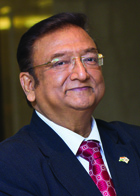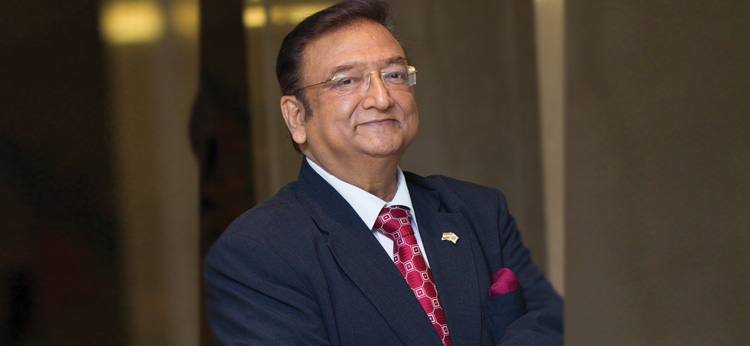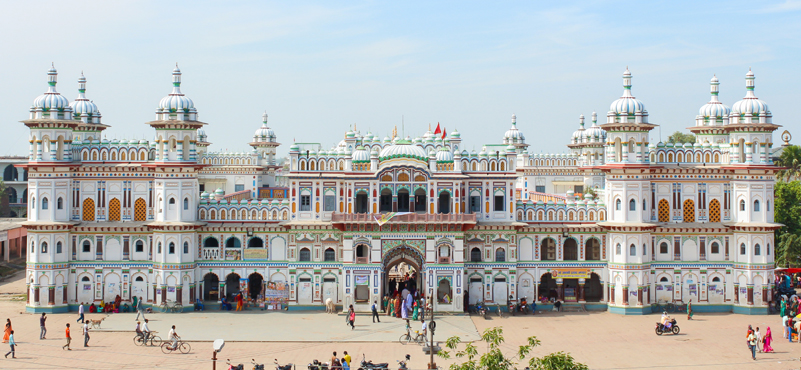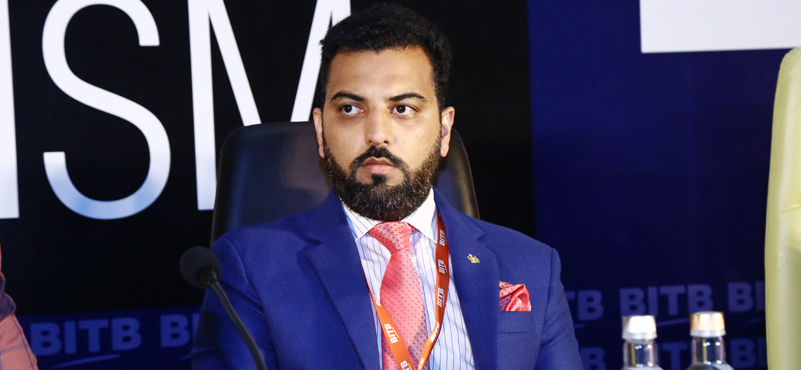Tamil Nadu’s growing stature as the gateway to Sri Lanka, Singapore and Malaysia has helped it pip Goa to become the most frequented destination by foreign tourists in 2015, reasons Subhash Goyal, Chairman – STIC Travel Group. In a candid interview to TF, the veteran industry insider shares his thoughts on the future of brick-and-mortar tour operators, impact of new Civil Aviation Policy on regional connectivity and tourism, and a lot more.
 Share with us some latest trends in inbound tourism? Is global political volatility impacting inbound numbers? A spate of terror attacks in Europe, unrest in the valley and impact of Brexit on global economy have dimmed prospects. Your take.
Share with us some latest trends in inbound tourism? Is global political volatility impacting inbound numbers? A spate of terror attacks in Europe, unrest in the valley and impact of Brexit on global economy have dimmed prospects. Your take.
The latest trend thus shows a 7.3% growth but unfortunately, this growth consists of mostly business and VFR (Visiting Friends and Relatives) traffic. Leisure traffic in fact has gone down because of terrorism and economic slowdown in Europe and the impact of Brexit on the European economy mainly UK which is one of the largest markets for India.
Even though the Ministry figures show an increase in Inbound tourism but the actual fact is that it is a notional increase and the leisure tourist has not gone up as most of the hotels occupancy is low, and the people who are coming to India are mostly NRIs who are coming to visit friends and relatives, or Indian origin investors who have been motivated by our Prime Minister to invest in India.
According to the recent statistics shared by the Ministry of Tourism, Tamil Nadu has piped Goa to become the most frequented state by foreign tourists. What would you attribute this to? Overall numbers in the Northeast have dipped, too. Your insight on the same.
Tamil Nadu shows an increase in Tourism for two reasons. Firstly, it is the gateway for traffic originating from Sri Lanka, Singapore, Malaysia etc. and again this traffic is mostly VFR (Visiting Friends & Relatives) and is not leisure tourists. Whereas in Goa 90% of the traffic is leisure and last year more than thousand tourist charters were cancelled because of the sudden increase in the tariff and deposits being asked by the Airport Authority and some law and order problems in the state. This traffic has been diverted to Sri Lanka, Maldives and other nearby beach resorts.
The reason why North East dipped was again some law and order problems and also elections – where many people avoided going to the Northeast.
What is your take on some of the recent developments on the policy front? The government has unveiled a new Civil Aviation Policy that has considerably addressed some of the major bottlenecks. What are some areas that you believe remain unaddressed and can be systematically taken up?
Firstly, I congratulate the present government and the Minister in particular for taking out a clear cut Aviation Policy which was pending for so many years. By allowing regional connectivity to activate unutilized airports is a step in the right direction.
The policy also talks about giving traffic rights to countries which are more than 5000 kms. away from India to operate as many flights as they want to in any of the designated international airports subject to their reciprocally, giving the same rights to the designated Indian carrier.
What I have not been able to understand is that the Civil Aviation Minister is fixing the rates for operating regional flights but the demand of the industry is to fix the upper limit on the airfare for schedule airlines. The fare should not be more than 100% of their direct operating cost from point A to point B so that tour operators are able to plan their programme and also a poor person who decides to travel at the last minute, due to medical emergencies, should be able to afford the air fares.
How is the regular brick-and-mortar travel agent coping with the muscle flexing of OTAs that are backed by millions of dollars of investments? Is this a race that an agent is destined to lose?
It is becoming harder for brick-and-mortar travel agencies to survive because they cannot compete with companies that buy hotel room for INR 2000 and sell it for INR 1000. These OTAs have millions of dollars of backing foreign funds which are available to foreign companies at 1 or 2 percent, whereas Indian companies get funds at 12-14 percent, and therefore they cannot compete with foreign companies, particularly it has become impossible for small and medium tour operators to survive and there is no way they can compete with these OTAs.
I personally feel just like the East India Company came and ruled India, this type of funding is going to kill the Indian industry. It will be ruled by foreign companies and Indian tour operators and travel agents will not be able to survive.
It is high time that the government should intervene on these unethical practices of OTAs in the larger national interest.




































